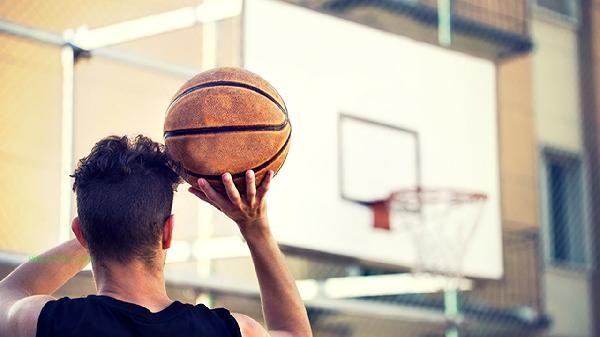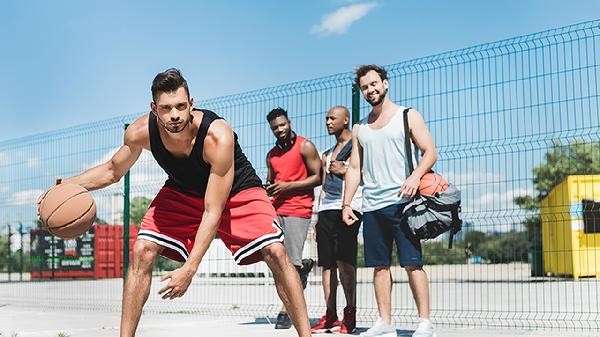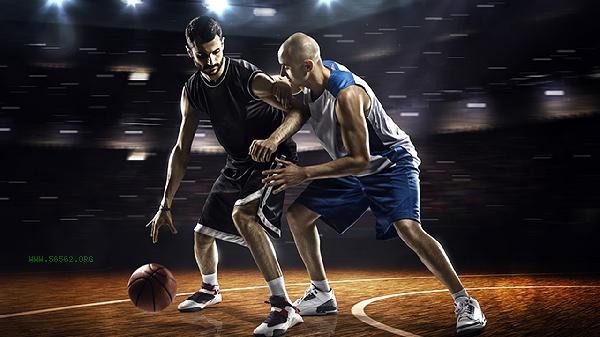Middle aged people choose to play basketball or run based on their personal health status and exercise goals. Basketball is more suitable for group interaction and comprehensive physical fitness improvement, while running has a higher effect on improving cardiovascular function and reducing fat. Basketball, as a team sport, can enhance coordination and explosiveness. Frequent directional jumps during exercise can improve lower limb strength and reaction speed, but there is a high risk of joint injury, especially with high pressure on the knees and ankles. Running is a solo aerobic exercise that can accurately control the intensity of exercise by adjusting the pace, and has a significant effect on improving cardiovascular health. Moreover, the site is more limited than long-term persistence, but prolonged single movements may cause patellar softening or plantar fasciitis. Basketball requires multiple players to cooperate and court support, and fluctuations in exercise intensity may cause unstable heart rate, making it unsuitable for groups with hypertension or osteoporosis problems. Although running allows for independent scheduling of time, it lacks social attributes and is prone to giving up midway. Those with a large weight base should pay attention to their running posture to avoid sports injuries. Both types of exercise require sufficient warm-up and professional sports shoes. It is recommended to choose based on the results of body fat percentage and bone density testing.

It is recommended that middle-aged athletes undergo a physical examination to evaluate joint and cardiopulmonary function. In the initial stage, they can alternate between trying two types of exercises to observe their physical reactions. Before and after basketball, it is necessary to strengthen the muscle training around the knee joint, and it is recommended to gradually adapt to running by combining running and walking. Regardless of the method chosen, it is advisable to exercise 3-5 times a week for no more than 60 minutes per session. After exercise, it is important to replenish electrolytes and high-quality protein in a timely manner. If persistent joint pain occurs, it should be stopped immediately and medical examination should be sought. Overweight individuals can first lay a solid foundation through low impact exercises such as swimming before transitioning to basketball or running.








Comments (0)
Leave a Comment
No comments yet
Be the first to share your thoughts!